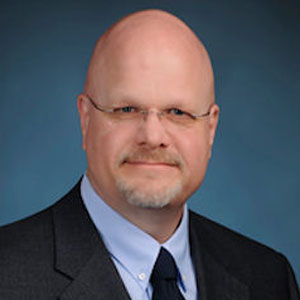
Dr. Stuart Mitchell, BCE
As the COVID-19 pandemic continues, and the demand for health facilities drastically increases, many existing structures are being converted to temporary hospitals. Known as surge capacity, gradual scale-up occurs over several stages.
Surge capacity allows for tents and existing buildings to become small to large hospitals for COVID-19 patients. For example, tent facilities (such as what was recently set up in Central Park) can range from 500 to 1,000 square feet. Existing buildings include hotels, convention centers, sports complexes, schools, offices, and others.
The priority of building selection is the number of patient beds that can be created. Basic design must include entrances, person flow, space allotment, closeness between areas, airflow and light, and types of materials. Critical structural areas include patient entrances and receptions, waiting rooms, patients’ toilets, triages, lab testing, staff entrances, staff changing rooms, staffs’ toilets, offices, and patient rooms (possibly a minimum of 100 square feet).
A hotel is an example of a multiple-floor building. A hotel would be divided into patient entrances, waiting rooms, staff entrances, staff areas, office areas, triage areas, and patient rooms. With all buildings, airflow, plumbing and electrical system schematic drawings are vital.
Airflow is essential for natural airflow for waiting rooms, triages, and mild to moderate patient rooms (minimum of 2.1 cubic feet per patient). For severe to critical patient rooms, mechanical top-down airflow from clean to soiled areas (minimum of 5.65 cubic feet per patient). Buildings like sports complexes, schools and offices will have mechanical airflow systems.
Materials for surfaces and furniture must be microbial-resistant (metal and hard plastics), easily maintained and repaired, non-porous and seamless, and easily cleanable.
WHAT PMPs CAN DO
As the warm months soon arrive, flying insects and other pests will significantly resurge, threatening temporary hospitals. Pest management professionals can provide essential flying insect control that is critical to protect COVID-19 patient surge capacity health facilities.
The best formula for an insect light trap (ILT) model is square feet of coverage by line of sight or unobstructed view. Placement height does not matter.
Wall-mounted glueboard insect light traps (ILTs) are ideal for smaller, sensitive areas, such as flanking hospital entryways to intercept flying insects, as well as attracting and capturing flying insects away from critical treatment areas and patient rooms. Use ingress protection (IP) rated glueboard ILTs for wet or dusty support areas.
Key ILT placement recommendations to maximize their attraction and capture include:
- Place them to intercept flying insect flight paths before entering critical hospital areas.
- Place them to attract flies away from sensitive spaces (greater than 10 feet away from sensitive spaces).
- Place them where there are no obstructions to the ultraviolet (UVA) light.
- Place them away from competing overhead light sources.
- Place them as to not project through windows, as that can attract external flying insects.
- Place them away from airflow.
- Place them for secure, easy-to-service access. That includes being near a dedicated power source and not in an area where they can be a hazard to personnel.
- Inspect and service them at least weekly — more frequently with in high pest pressure areas.
- Service should include replacing glueboards, repairing anything that needs it, cleaning the unit, and assessing the UVA lamp for effectiveness.
- Document all services for trends and root cause analyses.
During the COVID-19 pandemic, essential service PMPs can help hospitals protect rapidly expanding and critical health facilities. We at PestWest say thank-you to all PMPs, continuing to work hard to keep people safe during the COVID-19 pandemic. You are our heroes. Please stay safe out there.
Read more COVID-19 coverage here: MyPMP.net/COVID-19
MITCHELL, D.O., DVM, PsyD, BCE, is technical director of PestWest.
(*FEATURED PHOTO: COURTESY OF, AND COPYRIGHTED BY, GENE WHITE, PMIMAGES@EARTHLINK.NET)
The post PestWest: Fly control in healthcare more critical than ever appeared first on Pest Management Professional.
from Pest Management Professional https://www.mypmp.net/2020/04/09/pestwest-fly-control-in-healthcare-more-critical-than-ever/
Sacramento CA
No comments:
Post a Comment